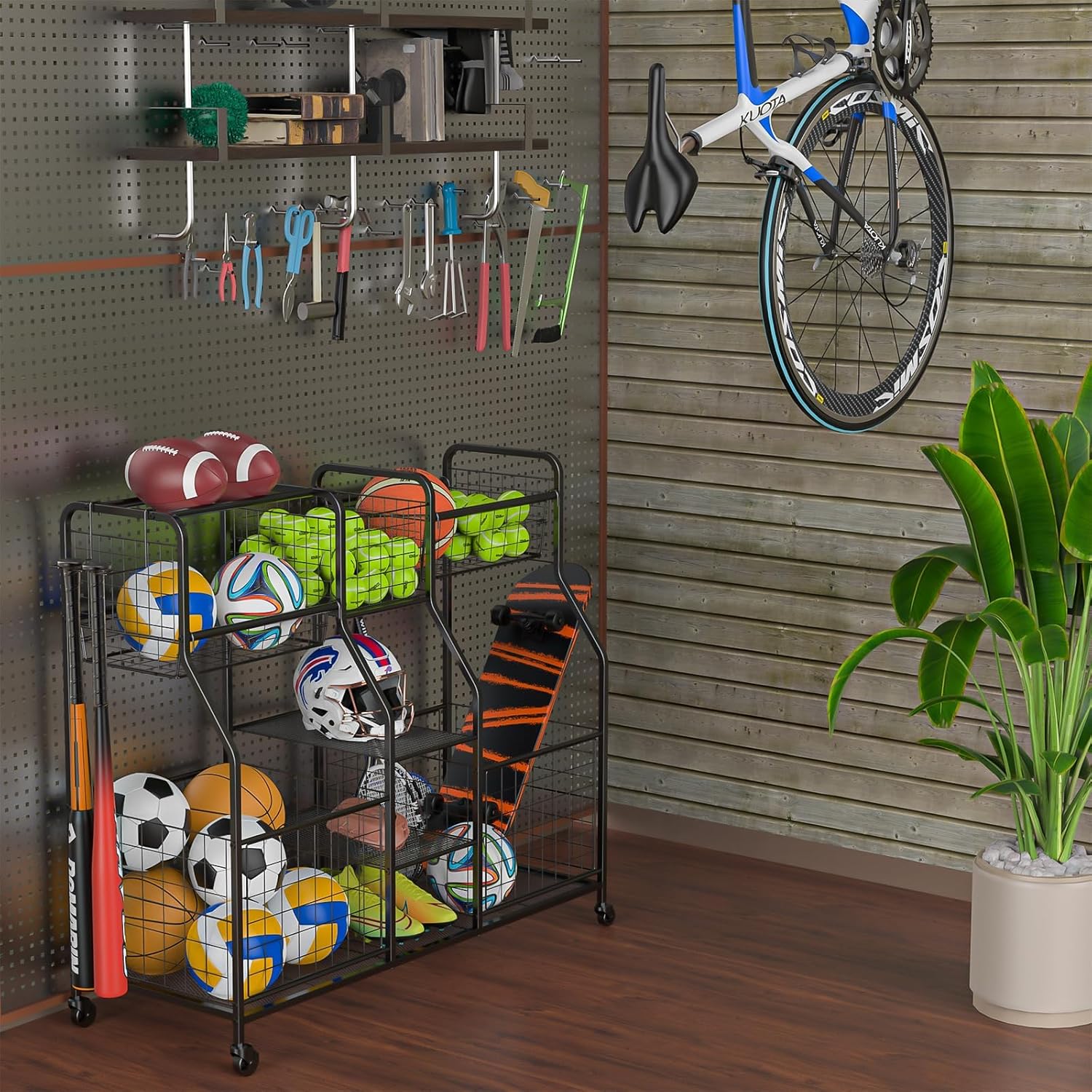There are lots of ways a sports club can make a positive difference in its efforts to go green. Ultimately, there is only so much national governing bodies can do, and community clubs need to play their part.
In the future it may well be that some of these changes become legal requirements, so it is a good idea to start promoting sustainability now.
How can sports clubs be more sustainable?
A sustainability strategy is an integral part of any modern day sports club. This means coming up with inventive ways to be more environmentally-friendly, use sustainable products, reduce the carbon footprint and lessen the negative impact your club has on the planet.
If all of that feels overwhelming or unrealistic, it doesn’t have to be. Whatever steps your club chooses to take today, it’s an improvement on yesterday – so you’re off to a start!
Central to your plan should be working out how your club, members and supporters can: reduce, reuse and recycle.
Here are some ideas, you might be doing a few already or it could spark a conversation and lead to a new initiative.
Recycle sports kit
A sports club can recycle the sports kit and footwear of all its members and supporters when it gets worn out.
Rematch is a sporting goods marketplace where you can buy, sell and recycle. Lord’s Taverner’s collect useable sports kit in the UK through collection hubs. In recent years, they have sent large amounts of kit to projects in India, Antigua, Brazil, Germany, Romania, Rwanda, Uganda, Mexico and across the UK
It will require some effort to collect all the clothing and shoes, but it prevents unnecessary waste and the sports kit will find a new home in the UK or overseas.
Sal’s Shoes is another phenomenal charity and to date, they have helped recycle 1.5 million pairs of preloved children’s shoes in 44 countries around the world. Why not get involved and work with other clubs in an area or league?
Travel
According to the Committee on Climate Change, most of the carbon emissions in the UK come from energy production and consumption. This could be from driving a car to a match or training.
Taking fewer car journeys as a club would have a significant effect on your collective carbon footprint, so consider carsharing for matches and sports events, or organise a coach or minibus so players aren’t all driving their own cars.
This could work out cheaper for everyone as well.
An option to cut down on unnecessary car use would be to offer a discount to those who have walked or cycled to training rather than driving.
You could start charging for parking to achieve the same effect, but rewarding people is likely to go down better than penalising others.
How can a sports stadium go green?
Your stadium or home ground and all of your other facilities are the beating heart of your club. They are also the source of most of the club’s carbon footprint and environmental impact. This article isn’t intended to blame, we’re just suggesting a few differences that could be made to lessen the impact and make a positive change.








Leave a Reply